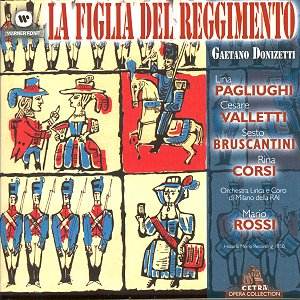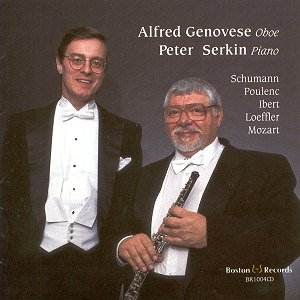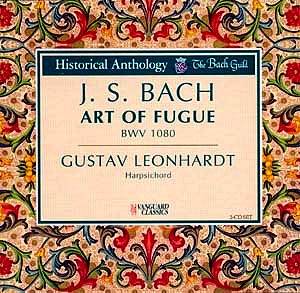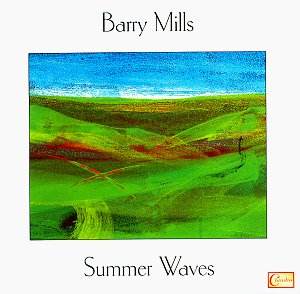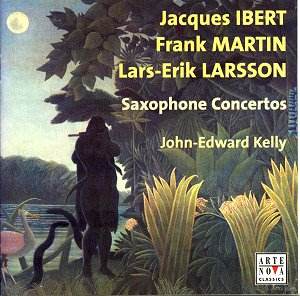 Composer: Lars-Erik Larsson
Composer: Lars-Erik Larsson
Works: Konsert för Saxofon och Stråkorkester (1934), Ballade pour Saxophone et Orchestre (1938), Concertino da Camera (1935)
Performers: John-Edward Kelly (saxophone), Ostrobohnian Chamber Orchestra/Juha Kangas
Recording: Rec Snellman-Saal Kokkola, Finland, June 4 & 6, 1991
Label: ARTE NOVA 74321-27786-2
The saxophone, a curious amalgamation of woodwind and brass, often finds itself sidelined in the pantheon of orchestral instruments. Yet, within the repertoire it does possess, composers like Lars-Erik Larsson, Jacques Ibert, and Frank Martin have crafted works that stretch the instrument’s capabilities, providing a vibrant blend of technical challenge and lyrical expression. This recording, featuring the Konsert för Saxofon och Stråkorkester by Larsson alongside Ibert’s Concertino da Camera and Martin’s Ballade, offers a compelling exploration of the saxophone’s classical potential, albeit within the confines of a limited repertoire.
The lively character of Ibert’s Concertino da Camera is immediately engaging, showcasing the saxophone’s ability to weave in and out of various textures. John-Edward Kelly’s performance is marked by clarity of articulation and an exuberant embrace of the piece’s rhythmic complexity. The playful exchanges between the soloist and the orchestra reveal Ibert’s neo-classical sensibilities, which are executed here with a delightful buoyancy. The recording captures the ensemble’s bright colors, but at times, the strings struggle to maintain clarity against the saxophone’s more forceful passages. A more nuanced balance could have elevated the interplay, allowing the woodwind timbres to shine through Ibert’s intricate dialogues.
Transitioning to Frank Martin’s Ballade, the atmosphere shifts dramatically. Its brooding themes juxtapose against moments of soaring lyricism, and Kelly adeptly navigates the work’s emotional terrain. The piano’s concertante role—often submerged beneath the string section—adds a layer of complexity, yet the engineering falters slightly in this regard, lacking the depth that would allow the piano’s subtleties to resonate. Nevertheless, Kelly’s intonation remains impeccable, particularly in the higher registers where the saxophone’s voice can become strained. His ability to maintain a warm tone throughout the range is commendable, effectively bringing out Martin’s contrasting moods.
Larsson’s Konsert, while perhaps not as vibrant as the previous two works, offers a straightforward charm that is characteristic of his style. The piece is less challenging than Ibert’s or Martin’s compositions, suggesting a more accessible approach, which may limit its appeal to those seeking the saxophone’s technical extremes. Nevertheless, Larsson’s orchestration introduces some intriguing textures, particularly in the strings, which provide a lush backdrop for the saxophone’s melodic lines. Kelly performs with assurance, though the work itself does not stretch his capabilities as much as the other two concertos.
The recording quality is generally satisfactory, with a particularly lively acoustic that enhances the ensemble’s dynamics. However, moments of imbalance in the orchestral fabric can detract from the overall experience, particularly in sections where the saxophone’s directness competes with the strings’ resonance. The engineering choices made here could have benefitted from a more refined treatment of the orchestral layers, providing a clearer delineation between the soloist and the accompaniment.
This disc constitutes a valuable addition to the saxophone repertoire, especially for enthusiasts eager to explore its lesser-known works. The performances, particularly by Kelly, display a commendable technical proficiency and musicality that will resonate with both saxophone aficionados and those who appreciate the broader orchestral landscape. Each piece is presented with care, showcasing the unique qualities of the saxophone while allowing its historical context within the orchestral canon to emerge. The recording may not transcend its genre, but it certainly stands as a testament to the saxophone’s potential in classical music, bridging the gap between its jazz roots and its concert hall aspirations.
